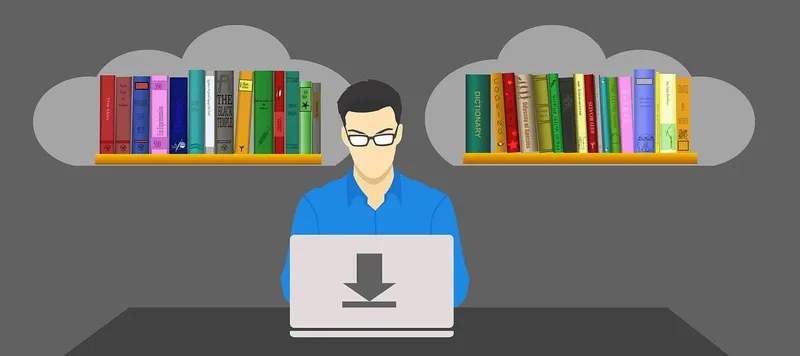
Creating low-content products could be a very valuable activity for your online business.
The time and effort you invest in creating low-content products (with high value) can produce dividends for you and your business for many years.
In Part 1 of this series, we defined low-content products and why you might want to create and offer them to your prospects and customers.
Then, in Part 2, we looked at some specific kinds of low-content products you can create.
Today in this final article of the series on creating low-content products we’ll present the key to successfully creating low-content products that are high value and evergreen. And how you can actually use them in your business.
Key to Creating Low Content Products with High Value
The key to success with low-content products is to know your audience well and understand what they need and when.
Conduct research and find out what issues your target market is facing. Get to know and understand your audience’s tastes. With this information, brainstorm ideas for a low-content product that is a good match for them and for your brand.
Your low-content product can be a standalone offer or a complementary one that goes with another product or service you offer. Low-content products tend to work best as complimentary or bonus offers. But, if you have a low-content product that offers exceptional value in providing a solution for your audience, it can be successful on its own.
Here are a few examples of what could be created for different businesses and audiences:
• A resource guide with supplementary information to offer at the end of an online course.
• If you teach languages online, you might offer worksheets to go along with your instructional videos.
• You could offer toolkits and planners to go along with a print book.
Here are just a few examples if your target audience is not business-related:
• Recipes for busy moms
• Guest books and planners for brides.
• Coloring pages for children or seniors.
Selling Your Low-Content Product
Low-content products are usually sold at a low price. The strategy is to sell as many products as possible rather than selling just a few at a high price point.
Low-content products can also be given away for free. And there are several advantages to doing this. By adding additional value to a purchase, you can increase sales and customer satisfaction after the sale. For example, you might offer a free set of templates to go along with a video course.
Low-content products are especially useful as lead magnets to bring people into your sales funnel. For instance, you might offer a free list of resources in exchange for signing up to your email list. You then nurture the relationship and eventually present your other paid offers.
Low-content products also work well as order bumps. An order bump is a low-cost offer you make at the point of checkout. The customer is about to hit the “Buy Now” button, and an offer appears for a complementary product for just a few dollars more.
High Value of Low Content Products to You and Your Business
What kind of low-content product is best for your business?
A good rule of thumb is that low-content products should be easy to create, easily affordable, and can be used over and over again.
The product needs to be:
• Relevant to your audience,
• Provide a solution and real value
• Take you little time and effort to create.
Once you learn how to create a great offer, you can use low-content products in every area of your business. And many of these products will be evergreen, bringing benefits to your business for years to come.
Resources
Beacon
Checklist Publishing
Designrr
Low Content Creation Machine
Createful Journals
Plug and Play Journals
QueContent Composer
TipPub Creator
Previous articles in this series:
Creating Low Content Products Part 1
Creating Low Content Products Part 2
Image by Gerd Altmann from Pixabay
Disclosure
Some of my blog posts contain links to products. These are products I use personally or come highly recommended from sources I trust. I would recommend them to my own family. At no extra cost to you, the product creator gives my nonprofit organization a small commission if you click one of these links on my blog and purchase something. This is a win-win-win situation where I get to recommend great products to my readers who benefit tremendously from these products when they buy. My organization receives a small compensation to support our mission and the business gains a new customer. And you pay the same exact price you would pay if you had found the product yourself!